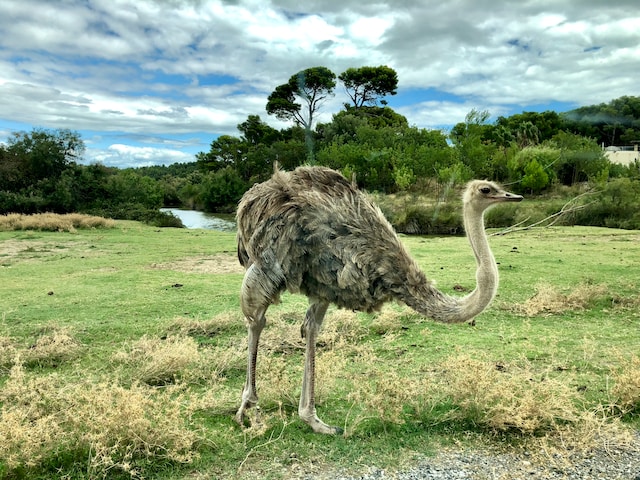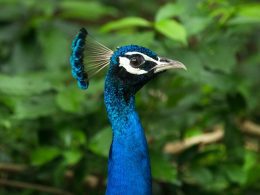In the vast landscapes of ostrich farming, a world shrouded in mystery and uniqueness awaits those willing to explore its potential. For centuries, these magnificent birds have captivated human imagination, and today, ostrich farming emerges as a thriving industry with numerous profitable opportunities. In this comprehensive guide, we delve into the basics of ostrich farming, shedding light on the essential aspects that every aspiring ostrich farmer should know.
[Body]- Understanding the Ostrich:
Ostriches, the largest living birds on Earth, possess distinct characteristics that make them intriguing. Native to Africa, these flightless creatures are renowned for their long necks, powerful legs, and distinctive feather patterns. With their robust immune systems and impressive adaptability, ostriches have proven to thrive in various climates and environments.
- Farming Infrastructure:
Setting up a successful ostrich farm begins with carefully planning the infrastructure. Ostriches require ample space to roam, with each bird needing at least 1000 square meters of land. Fencing is crucial, as ostriches are strong and fast runners. Additionally, well-designed shelters should provide protection from extreme weather conditions and predators.
- Diet and Nutrition:
A balanced diet is vital for the health and productivity of ostriches. Their diet typically consists of a combination of grains, grasses, legumes, and commercial feed. Water sources must be clean and readily available, as ostriches have high water requirements. Consulting with avian nutritionists and veterinarians is advisable to ensure optimal nutrition for the flock.
- Breeding and Incubation:
The breeding process in ostrich farming is a delicate yet rewarding endeavor. Male ostriches, known as roosters, compete for dominance during the mating season by displaying elaborate dances and feather displays. Female ostriches, or hens, lay eggs in communal nests. These eggs are then carefully incubated for approximately 42 days until the chicks hatch. Proper temperature and humidity control are critical during the incubation process.
- Health and Disease Management:
Maintaining the health of the flock is crucial for the success of any ostrich farm. Regular vaccinations, preventive measures against parasites, and prompt treatment of illnesses are essential. Building a relationship with a trusted avian veterinarian and staying updated on the latest veterinary practices will help ensure the overall well-being of the ostriches.
- Commercial Opportunities:
Ostrich farming holds significant potential for various revenue streams. The meat, which is lean, low in fat, and rich in protein, is highly sought after. Ostrich eggs are a delicacy, often used in gourmet cuisine and decorative art. Additionally, ostrich feathers, leather, and eggs for hatching can generate additional income streams.
[Conclusion]Embarking on an ostrich farming venture requires careful consideration, dedication, and a thorough understanding of these magnificent creatures. From the unique characteristics of ostriches to the intricate details of farming infrastructure, nutrition, breeding, health management, and the wide range of commercial opportunities, this comprehensive guide aims to equip aspiring ostrich farmers with essential knowledge for a successful journey.
As with any farming endeavor, it is crucial to approach ostrich farming with a deep respect for the animals and a commitment to ethical and responsible practices. By following the basics outlined in this guide, aspiring ostrich farmers can navigate the intricacies of this remarkable industry and unlock the full potential of ostrich farming.












